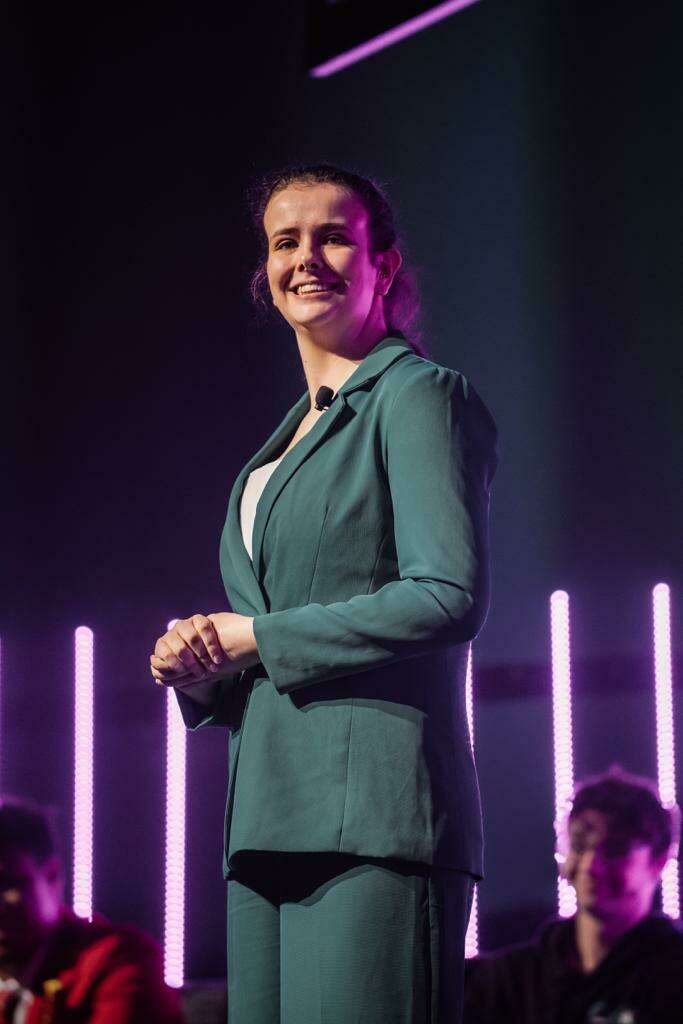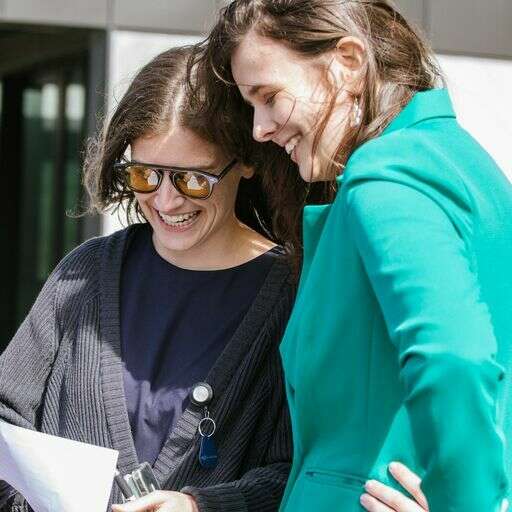The story of sign language is one of perseverance. It's a story of outsiders coming together to build their own community. It's the story of Deaf people carving out space for themselves and their identities. Despite everything thrown at us, Deaf people and our language have survived. In the face of language bans, prejudice, and stigma, sign language continues. Through all the efforts to erase us, we, as a people, and our language, remain. Yet, this New Zealand Sign Language Week, I am reminded of all that needs to be done. Deaf children need sign language, but it isn't always accessible to them.
To understand the importance of this issue, we must first understand the power of New Zealand Sign Language. NZSL is more than a means of communication; it is our worldview. Everything we do, see and feel is framed through sign.
Within the movement of our hands, we carry a culture. We carry the experiences of Deaf generations long gone. We carry our shared identities, and we carry our pride. Sign language is the lifeblood of the Deaf Community.
“It enables us to communicate and access the world, but sign language is so much more.”

“Sign language is a gift passed down from generation to generation. It comes with a wealth of generational knowledge, a shared cultural identity and an innate kinship.”
But it's a language that cannot be shared in the usual way. How did we all learn our first language? Our family. But over 90% of Deaf and Hard of Hearing children are born to hearing parents. So, sign language is passed down by Deaf elders but rarely by Deaf family members. Ko Taku Reo, our national Deaf school, is integral to this process. The Deaf Community also connect and learn from each other through events, gatherings and clubs. Intergenerational Deaf families hold special significance in the Deaf community as teachers and collectors of the community's knowledge, history and experiences. However, with the introduction of cochlear implants and hearing aids, fewer parents seek out sign language for their Deaf children.
There needs to be more understanding of how crucial Sign Language is. For parents of Deaf children, being different is scary. People want their children to be as 'normal' as possible. So Deaf children get hearing aids, and they go to hearing schools. Unfortunately, this is equivalent to slapping a band-aid on a bullet wound. If a Deaf child learns only spoken language, it does little to help them communicate.

Unsurprisingly, their ability to speak does not magically enable them to hear other people. Learning only spoken language limits Deaf children and their abilities. Why? Hearing technologies enable us to better communicate in a hearing world, but they have limitations. There are some frequencies my hearing aids just can't pick up. Speaking on the telephone can be an absolute nightmare. I also struggle to hear bells and alarms. Background noise is another issue. Everything is amplified, not just helpful sounds. Sounds created by hearing aids are grainy and mechanical, which gets grating over time. These factors all contribute to something called hearing fatigue. When your brain is used to silence or a quieter version of the world, suddenly turning the volume up and introducing these new sounds sends the brain into overdrive. Hearing devices make life easier, but they also create some killer headaches. Lipreading is another way Deaf people are expected to navigate a hearing world, but lipreading is not an exact art. Only thirty to forty percent of speech sounds can be accurately lipread. Hearing aids and lipreading are helpful tools, but Deaf people are still Deaf, and we still need Sign Language.
Deaf people are more disabled by prejudice than by anything else. Despite society's dislike of all things different, communicating differently is not communicating incorrectly. No language is greater or lesser than another, and Sign Languages are languages. They have grammar, sentence structure, and syntax. Furthermore, they are accessible to Deaf people. Sign Language allows Deaf people to communicate and develop language acquisition skills. Deaf children learning Sign Language have greater literacy, language development, and comprehension. Interestingly, this applies to all languages, signed or spoken. If they know Sign Language, Deaf children have better access to education.
As a Deaf youth myself, I can attest to this. When learning using English, information is lost. Spoken communication is like wading through jelly. I'll get there eventually, but it takes far more effort. Sign Language gives me the ability to communicate with ease.
“When I sign, I can breathe more freely, walk lighter and smile bigger.”

When I don't have to break through a wall of unintelligible noise, weight falls off my shoulders. I am still on my journey to be fluent in Sign language, but my life is much easier with what I do have. Using interpreters during university has been life-changing. I communicate differently, but I'm not green or from outer space. My music is muted and muffled, but it's mine, and it's beautiful. My voice is in the stillness of the breeze, the flurry of hands, the softness of a smile, and it's perfect to me.
Deaf people need Sign Language. This is indisputable. So, what can be done? Even now, the Deaf community perseveres. Many of us find each other and our language as adults. But, if NZSL was discovered earlier, it would make education much more accessible. Parents of Deaf children need to be informed of the benefits of Sign Language and provided with adequate resources. Information about the necessity of Sign Language is crucial. Sign Language needs to be encouraged, not shunned. Anyone involved in the lives of a Deaf child should ensure they have access to the language that is their birthright.
“Parents need to know how to help their children. Sign Language cannot hinder a child's development, but ableism will.”
If you want the best for Deaf people, learn Sign Language, advocate for it and encourage it. It's that simple. Knowing something basic like the alphabet makes life much easier. If you're keen to get involved, try out Deaf Aotearoa's seven minutes of signing challenge. You can download free NZSL week resources for your workplace or check out Learn NZSL, a fantastic free website. On TikTok, Join Jon Tai-Rakena, this year's NZSL hero, to learn some awesome tips and tricks.
This New Zealand Sign Language Week, get out there and learn something new.


